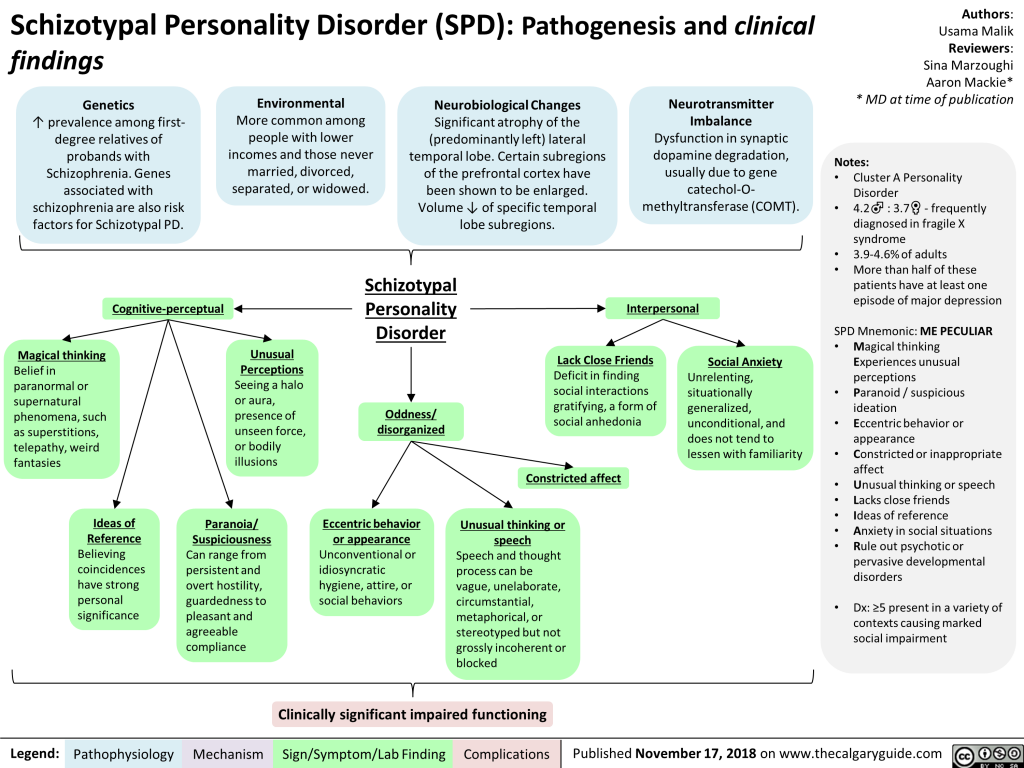How to change habitual thinking patterns
How To Retrain Your Brain: Changing Negative Thinking Patterns
Does the lens through which you view the world lay the groundwork for an optimistic or pessimistic attitude? Thinking patterns can be habitual, but with a little awareness and some time, you can replace negative thoughts with more positive ones.
Both your biology and environment help to answer these questions. The nature versus nurture dichotomy has been debated for centuries but many believe the two to be intricately interwoven. In other words, you are influenced by your genetic makeup as well as your environment surroundings.
The good news is you don’t have to feel victim to either one. You do have a say over which thoughts to pay attention to. It may not always feel like this is the case since your thinking patterns become so habitual, but with a little awareness and some time, you can replace negative thoughts with more positive ones.
Common Thinking Patterns
Negative thinking patterns can create unnecessary stress and anxiety and pave the way for a bleak outlook on life. In his book, Feeling Good: The New Mood Therapy, Dr. David Burns outlines common negative thinking patterns, or cognitive distortions, such as:
- All-or-Nothing Thinking: Thinking in terms of black or white, or in extremes. You either act in a way that you label as “perfect” or as a “failure.”I can’t believe I ate a handful of potato chips. I’ve completely failed at my diet. I’m a complete and utter failure. I may as well eat the entire bag now.
- Overgeneralization: Inaccurately concluding that one unpleasant experience will lead to a negative future filled with many more of them. I really thought I had that job. Now I’ll never land one and will be unemployed forever.
- Magnification (or Catastrophizing): Exaggerating negative details of an event and overemphasizing your own imperfections and fears, making things into a much bigger deal than they actually are.I fumbled over my words in front of all those people.
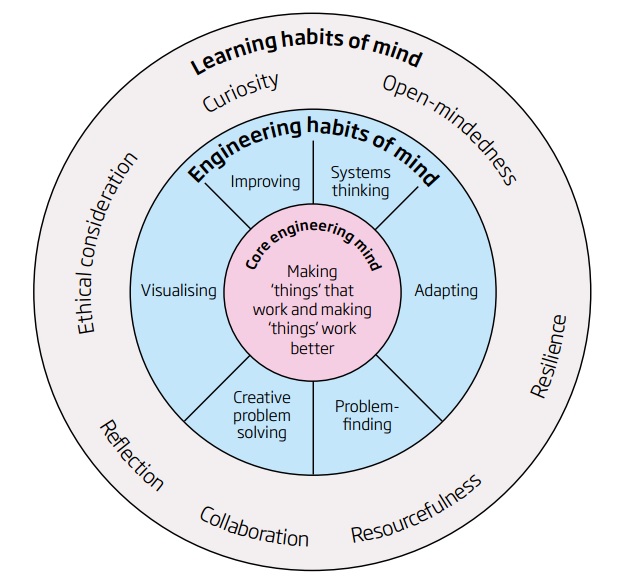 They must think I am the dumbest person on the planet. My boss is surely going to fire me over this. Then what will I do?
They must think I am the dumbest person on the planet. My boss is surely going to fire me over this. Then what will I do? - Emotional Reasoning: Believing that how you feel accurately represents the truth of your reality.I have felt so anxious and stressed out lately, which must mean my problems are pretty major and near impossible to overcome.
- Should Statements: Using “should” statements to motivate behavior when they ultimately leave you feeling pressured and frustrated.I should work out after eating that pizza. I should return all of those work emails. I should eat super healthy for the rest of the month.
In a Psychology Today, Dr. Melanie Greenberg discusses two more common thinking patterns:
- Negative Rumination: Continuously focusing on negative outcomes, leading to feelings of being stuck, anxious, and even depressed.
- Overthinking: Trying to think of and plan for every possible scenario, essentially attempting to control that which is out of your control, in an effort to avoid pain or failure.
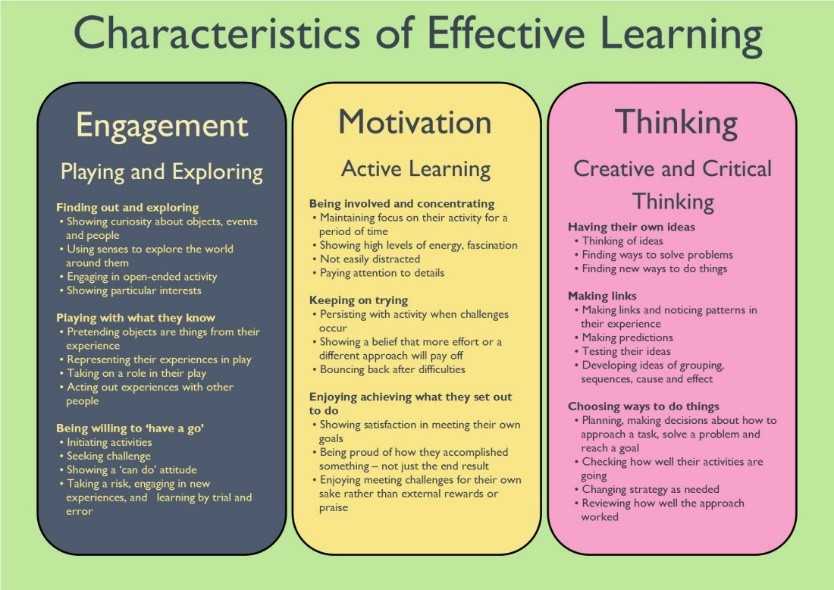
How do you get yourself out of these negative thinking patterns and replace them with more useful thoughts? Here are five tips.
1. Practice Mindfulness
In order to adopt more positive thinking patterns, you must first become aware of your current ways of thinking. By cultivating mindfulness, you can acknowledge and identify the thinking patterns that have become habitual, then decide whether or not to engage them. Mindfulness creates a distance between yourself and your thoughts, allowing you to view yourself as separate from them.
Incorporate mindfulness into your morning or evening routine, sitting quietly for a few minutes (and gradually longer with practice). When a thought arises, instead of attaching yourself to it, simply redirect focus to your breath.
2. Address Your Inner Critic
Your inner critic loves convincing you of things that simply aren’t true, often making you feel pretty lousy about yourself. Think of this voice as someone separate from you.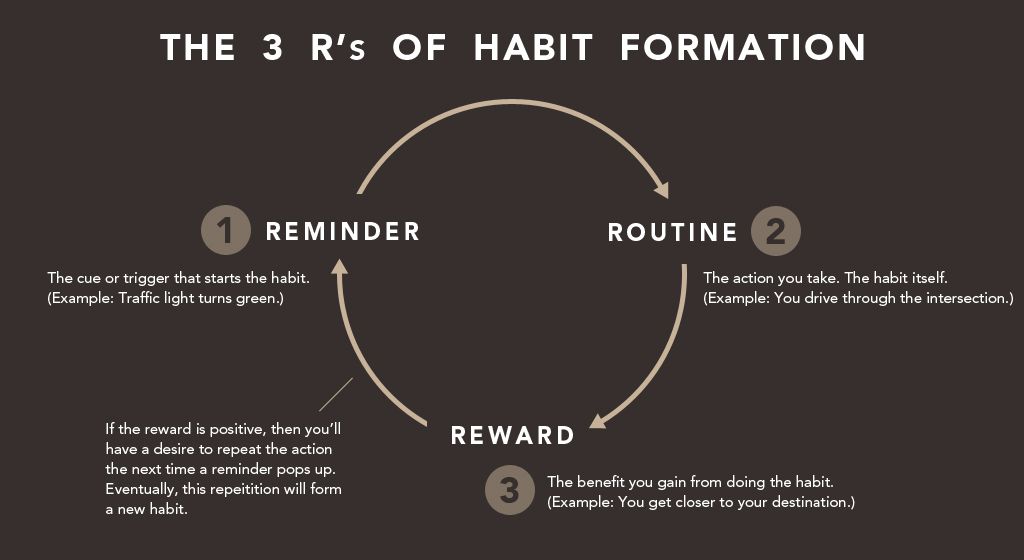 Challenge the lies it tries to feed you. Ask yourself: Is that really true? Is there evidence to back up that claim?
Challenge the lies it tries to feed you. Ask yourself: Is that really true? Is there evidence to back up that claim?
Another technique is to thank that inner voice for its input but to then simply say: No, thanks. I choose not to engage in those negative thoughts. Or you may prefer a shorter, more blunt response such as: Not now or Delete.
3. Know Your Triggers
Certain people, situations, and circumstances may set into motion more negative thoughts so it’s important to be aware of them. Perhaps encounters with your boss or making important life decisions causes you to become overly critical of yourself or to question your self-worth. When you’re aware of your triggers, you can prepare yourself and feel more in control of your thoughts versus falling back into old negative thinking patterns.
It’s also helpful to identify which cognitive distortions, such as the ones mentioned above, you tend to repeat the most.
4. Write it Out
Putting feelings down onto paper is a great way to not only unload your thoughts but to learn more about them.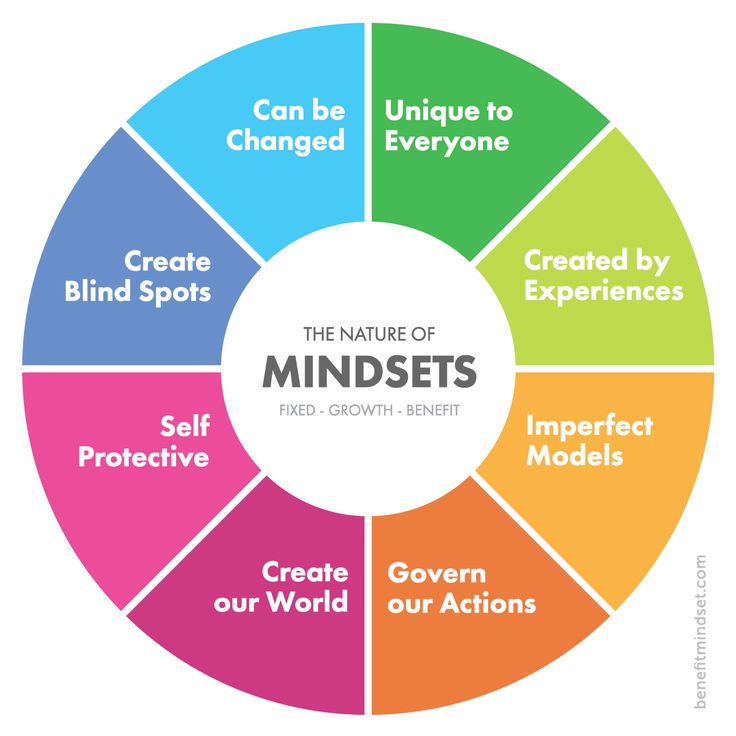 Often you aren’t aware of how negative your thoughts are. Negative thinking patterns become habitual over time, typically without your even noticing. By writing them down, you can more easily identify the areas that require your attention. You can also interrogate them once they are out on paper, to see if they are accurate, or have any bearing. If not, let them go or replace them with more positive thinking.
Often you aren’t aware of how negative your thoughts are. Negative thinking patterns become habitual over time, typically without your even noticing. By writing them down, you can more easily identify the areas that require your attention. You can also interrogate them once they are out on paper, to see if they are accurate, or have any bearing. If not, let them go or replace them with more positive thinking.
Journaling in the morning, first thing after you wake up, is the ideal time to transfer your stream of consciousness onto paper.
5. Recite a Mantra
Reciting a mantra or positive affirmation is a great way to pull yourself out from under the negative thoughts and into the present moment. It can be recited when you feel negativity creeping in or multiple times throughout the day in order to get into the habit of focusing on them.
You can choose any word or phrase that will help bring you into the present and remind you to focus more on the positive. Below are a few suggestions:
- I choose peace
- I am enough
- It is enough to do my best
6.
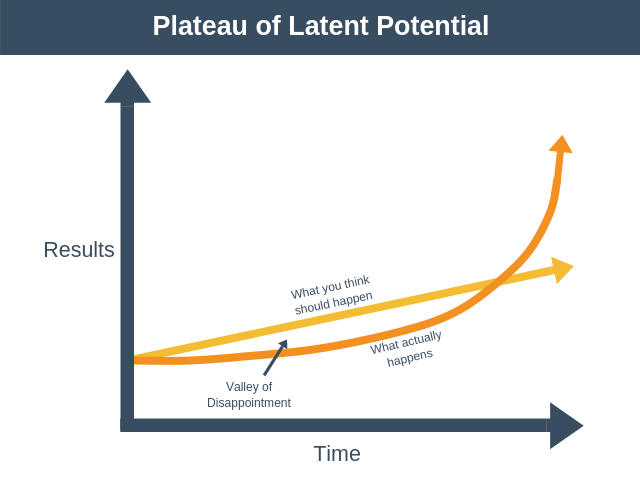 Change Your Surroundings
Change Your SurroundingsSometimes your thoughts can seem so loud that the best thing to do is to change your physical surroundings. Take a walk in nature, go for a run, or meet up with a friend. The point is to engage in something other than the negative cycle so that you can come back to the problem when you’re in a clearer headspace.
Choose an activity or location that you find enjoyable and you know will leave you feeling better. If you need the company of others, be sure to surround yourself with people who will encourage your positive thinking. (Steer clear of triggers!)
Negative thinking patterns, particularly when they’ve become habitual, can be hard to break. Patterns that have been in place for years won’t be undone overnight so it’s essential to be compassionate and patient with yourself as you work through them.
Find inner peace 24/7. Download the Chopra App for personalized well-being guidance you can access whenever you need it.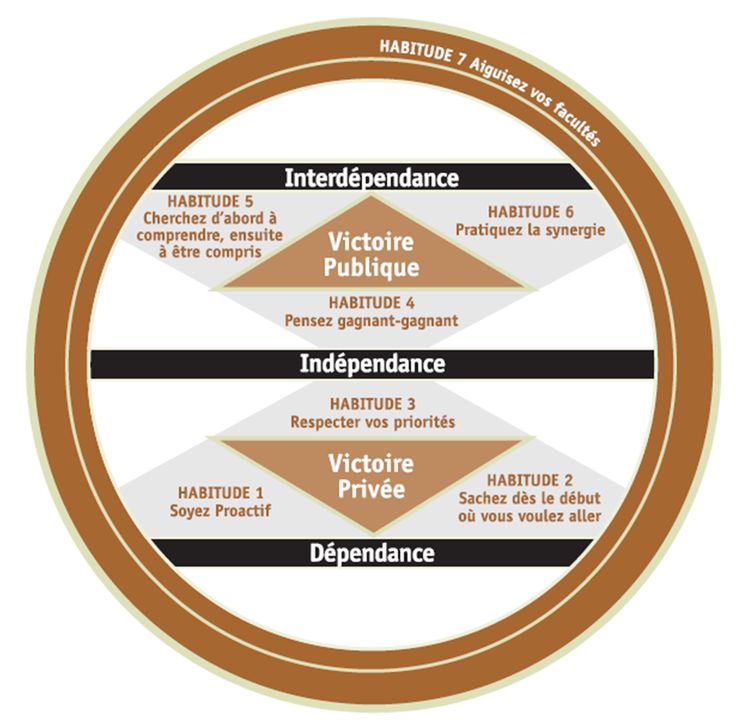
13 Ways To Overcome Negative Thought Patterns
You view the world through your mental attitude. If that attitude is predominantly negative, it can impact everything, including health, career, family, and more. Furthermore, negative thinking can have a spiraling effect that attracts more negative thinking.
Luckily, we can slowly train ourselves over time on how to think by implementing simple techniques. Below, coaches from Forbes Coaches Council offer their guidance on how to get started.
Clockwise from top left: Julie Kantor, David Taylor-Klaus, Michelle Tillis Lederman, Steven Cohen, Wendy Pitts Reeves, Bill Gardner, Christine Meyer, Woody Woodward, Erin Kennedy, Brett Baughman, Emily Kapit, Jen Kelchner, Dave Ursillo. All photos courtesy of the individual members.
1. Have Daily Negative Thought Time
A paradoxical strategy to gain control over negative thinking is to commit to 10 minutes a day ruminating and reviewing them over and over again. Negative Thought Time (NTT) must be 10 minutes and must be every day. When you have a negative thought during the day, jot it down, and tell yourself that you’ll review them during NTT. Over time, you will gain control and negative thinking will stop. – Julie Kantor, PhD, JP Kantor Consulting
Negative Thought Time (NTT) must be 10 minutes and must be every day. When you have a negative thought during the day, jot it down, and tell yourself that you’ll review them during NTT. Over time, you will gain control and negative thinking will stop. – Julie Kantor, PhD, JP Kantor Consulting
2. Replace the Negative Thoughts
We don't overcome negative thought patterns, we replace them. For most of us, those negative thought patterns are well-worn neural pathways. Four simple steps:
1. Notice when you have started the pattern.
2. Acknowledge that its a pattern you want to change.
3. Articulate what you want to be different.
4. Choose a different behavior — one that serves your goals.
– David Taylor-Klaus, DTK Coaching
3. Be Your Own Best Friend
We are mean to ourselves. Nearly 90% of self-talk is negative. Three steps:
1. Release it. Let it out to help process, not to dwell.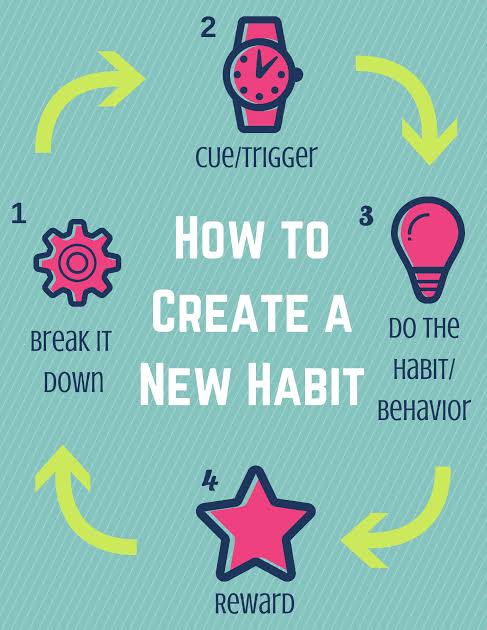 Three minutes, then the pity party is over.
Three minutes, then the pity party is over.
2. Track it. Identify when you have negative thoughts. Awareness will enable reframing.
3. Reframe it. Once you know why you are being mean, consider what your best friend would say to you. Then tell yourself what you need to hear.
– Michelle Tillis Lederman, Executive Essentials
4. Write Instead Of Think
Write down why the negative thought is present. Writing versus thinking helps purge the thought out, and when you can see the words on paper or a screen it is easier to make sense of it and move forward. – Steven Cohen, Meyvn Global
5. Make A Conscious Effort To Find Things To Love, Like And Appreciate
Instead of fighting negative thoughts, consciously reach for better feeling thoughts. One powerful way to do that is to speak (out loud if you can) to what you love, like and appreciate. Heading into a tough talk? "I love the way the coffee tastes today.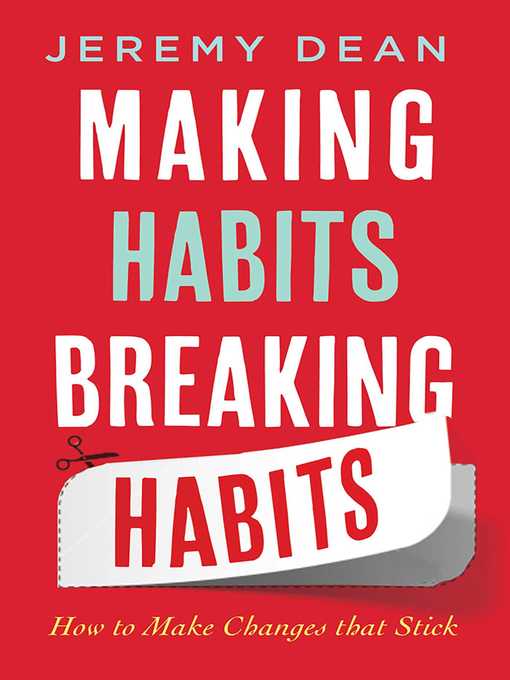 " "I like the way this chair feels at my back." "I appreciate the chance to process ideas with my team." Reach for the relief, and you'll find it. – Wendy Pitts Reeves, C2C Consulting, PLLC
" "I like the way this chair feels at my back." "I appreciate the chance to process ideas with my team." Reach for the relief, and you'll find it. – Wendy Pitts Reeves, C2C Consulting, PLLC
Forbes Coaches Council is an invitation-only community for leading business and career coaches. Do I qualify?
6. Ask Yourself Some Tough Questions
Reflect on your answers to some tough questions. 1. What do I get from having negative thought patterns? What's the reward for me? 2. What do I lose by engaging in negative thoughts? What are the costs? 3. What benefits would I receive from engaging in positive thoughts? What costs are associated with thinking more positively? 4. What in my past made me think negatively? 5. What will I do now? – Bill Gardner, Noetic Outcomes Consulting, LLC
7. Establish New Habits
Rather than thinking of it in terms of "overcoming" negative thought patterns, think of it in terms of establishing new habits. You do that by directing your attention to subjects where there's nothing to "overcome": subjects that you already feel good about, and therefore think positively about. That could be your pet, your painted toe nails, being outside, the beach... Start with something easy. – Christine Meyer, Christine Meyer Coaching
You do that by directing your attention to subjects where there's nothing to "overcome": subjects that you already feel good about, and therefore think positively about. That could be your pet, your painted toe nails, being outside, the beach... Start with something easy. – Christine Meyer, Christine Meyer Coaching
8. Stop Watching The Morning News
Research has shown just three minutes of negative news in the morning will significantly increase your chances of a negative experience over the course of the day. Research has also shown that positive mindset increases productivity and satisfaction while reducing errors rates. Mindset is a choice, but not always an easy one. Look to eliminate negative influences and stop watching morning news! – Dr. Woody Woodward, HCI
9. Use Affirmations
When you wake up, open your eyes and feel gratitude for the new day. Write down daily affirmations: "I love the people I work with," "I make positive contributions every day," or "I am open to inspired thoughts. " If a negative thought creeps in, think of a success you've had and the feeling that went with it. Positive thinking is a daily task, but worth it. – Erin Kennedy, Professional Resume Services, Inc.
" If a negative thought creeps in, think of a success you've had and the feeling that went with it. Positive thinking is a daily task, but worth it. – Erin Kennedy, Professional Resume Services, Inc.
10. Develop Your Success Routine
Every morning for fifteen years, I've done a process I created called "Quantum Programming." It involves taking time each morning as you wake to meditate and focus on the person you want to be and the quality of life you want to live. You also set a few important goals to keep your momentum building toward your dreams. When you know what you want and are driving at it daily, negativity will fade. – Brett Baughman, The Brett Baughman Companies, Inc.
11. Channel Those Thoughts Into Something Constructive
Negative thought patterns can easily take over, but a fantastic (and constructive) trick is to identify what the negative thought pattern is and a project you're excited about. Then, consciously commit to this: Every time you find yourself focusing on the negative, refocus your thoughts for five minutes on your exciting project.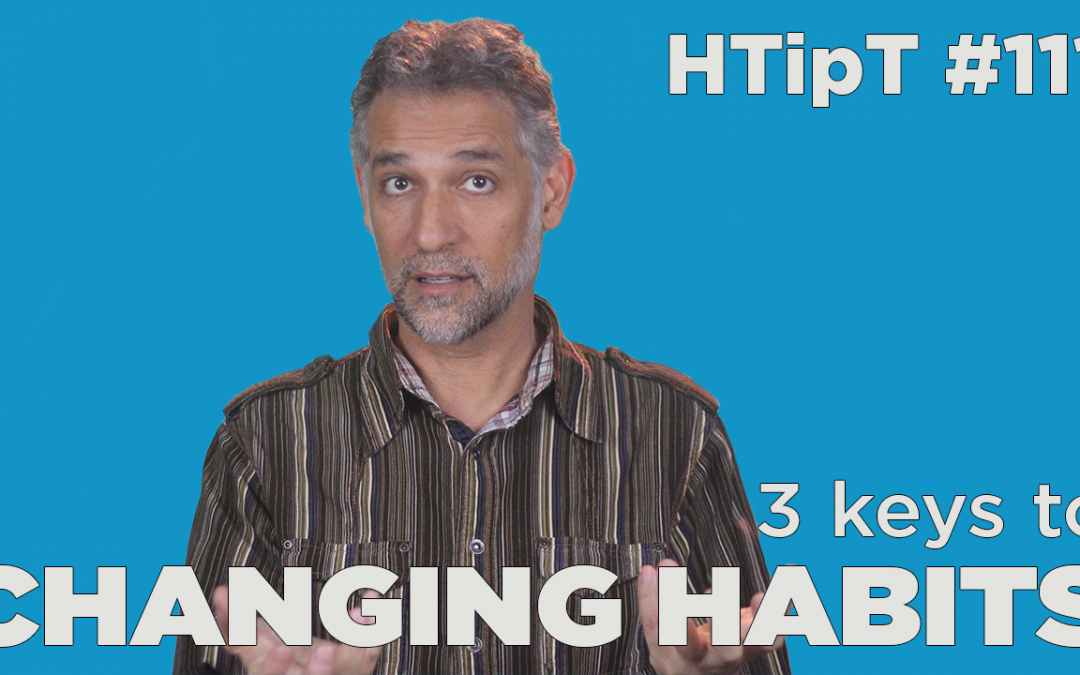 I did this recently and a new initiative is now ahead of schedule! – Emily Kapit, MS, MRW, ACRW, CPRW, ReFresh Your Step, LLC
I did this recently and a new initiative is now ahead of schedule! – Emily Kapit, MS, MRW, ACRW, CPRW, ReFresh Your Step, LLC
12. Focus On Gratitude
Gratitude is underrated by most but is essential to a happy life. Life doesn't get easier, but we become stronger as we reframe difficulties by recognizing all of the little good things going on around us. Keep a Good List and refer to it daily. Also, focus on what you really want and be very specific. A focused, positive mind will attract what it is seeking over time. – Jen Kelchner, TeenTrep.co
13. Try Movement And Meditation
As a registered yoga teacher (RYT-200) and a writing coach and author, I know that you can't escape negative thoughts without physically disrupting them. To get out of your head, get into your body. A few minutes of deliberate breath work (seated 10-15 minute meditation) or body movement (like a yoga class)can disrupt those thinking patterns. To get out of your head, move more.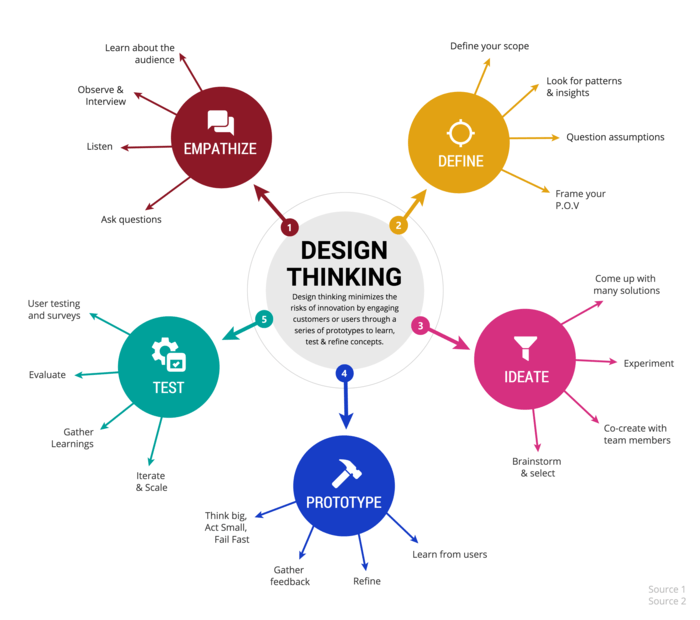 Feel more. – Dave Ursillo, The Literati Writers
Feel more. – Dave Ursillo, The Literati Writers
Forbes Coaches Council is an invitation-only community for leading business and career coaches. Do I qualify?
How to change your thinking and make your life better
September 18, 2021Motivation
Love failure, stop being a hostage of situations and believe: everyone can win.
Share
0You can listen to this article. If it's convenient for you, turn on the podcast:
Often the obstacles that prevent us from achieving our goals or becoming better are only in our head. Consciousness determines how we behave in difficult situations, whether we cope with fear, succeed or fail. Therefore, it needs to be changed.
How to think positively
Negative thinking prevents us from reaching our goals. Every opportunity is seen as a threat, as a harbinger of failure. Past failures do not give rest, focusing on them does not allow moving forward.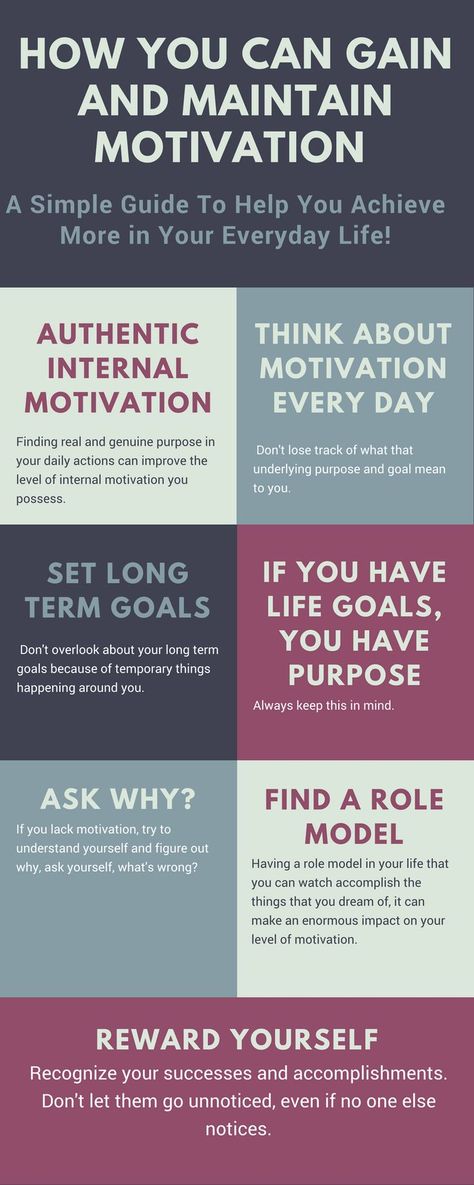 Everything was bad and will be bad.
Everything was bad and will be bad.
Positive thinking works in reverse. Everything that gets in the way of the goal becomes another opportunity to achieve it. If for a negative thinker, failure is an obstacle that cannot be overcome, for a positive thinker it is an experience from which one can and should benefit.
A simple but illustrative example. A hole in your favorite jeans for one is a reason to throw denim in the trash. For another, it's an opportunity to try your hand at being a designer and turn old pants into a frayed fashion item.
So, first of all, you need to think positively.
1. Learn to have an internal dialogue
Say to yourself: “I can do better”, or “Next time I will do better”, or something similar. According to a recent study by A. M. Lane, P. Totterdell, I. MacDonald et al. Brief Online Training Enhances Competitive Performance: Findings of the BBC Lab UK Psychological Skills Intervention Study / Frontiers in Psychology is an effective way to improve your productivity and put more effort into problem solving.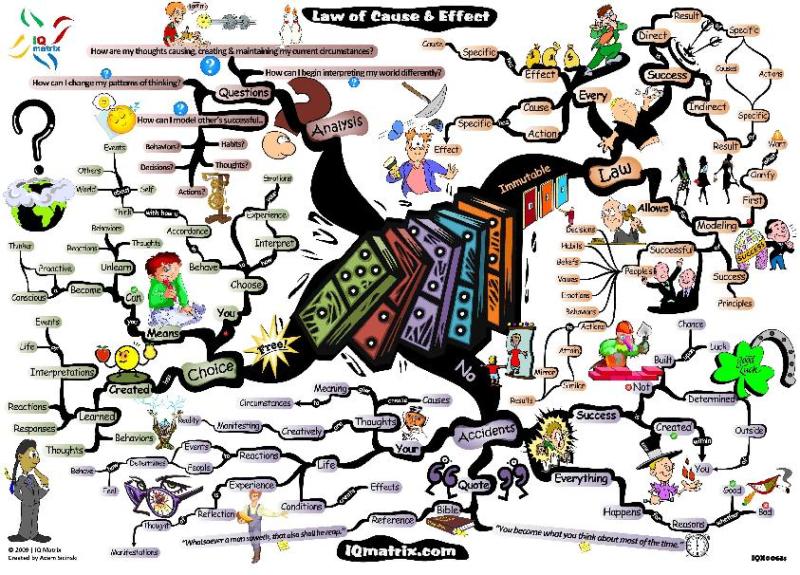
The main thing is to believe in what you say. After all, this is not magic, but hard work on oneself.
2. Turn negative thoughts into neutral ones
Don't torture yourself trying to make bad things good in a second. Go to it gradually.
3. Realize that your negative thoughts are just thoughts.
Often our worries have no basis. Think about whether yours have a real reason.
How to stop being afraid of failure
How many great projects have died at the idea stage because of someone's fear of failure in implementation? If every inventor was afraid to make mistakes and gave up the idea, you would hardly be reading this article from the screen of a smartphone or laptop, driving to work and enjoying other benefits of civilization.
1. Remember: failure means that you do not stand still
Those who do nothing do not make mistakes. If you fail, this is a sure sign that you are moving towards your goal.
2. Treat failure as an experience that helps you get better
Chances are you won't repeat the mistake again.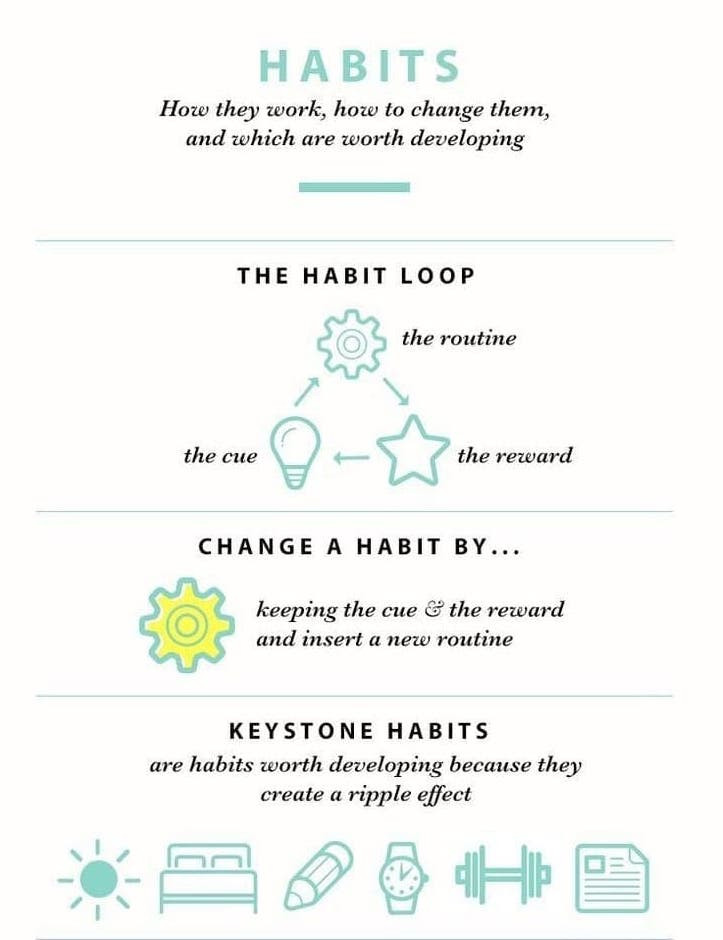 You will discover your weaknesses and do it differently next time. What if it doesn't work again? So you will gain experience again. And so on until you get where you want to go.
You will discover your weaknesses and do it differently next time. What if it doesn't work again? So you will gain experience again. And so on until you get where you want to go.
Every failure is a valuable lesson.
Ask yourself:
- What have I learned from this situation?
- How can I benefit from it?
- What are the positive aspects of it?
You will see that everything can be useful.
3. Don't identify failure with yourself
Don't think you're a failure because you make mistakes or fail at something. You would be if you didn't learn from it and stop for fear that the situation would repeat itself.
4. Prepare for difficulties and decide how you will cope with them
Scientists have found out H. B. Kappesa, G. Oettingenab. Positive Fantasies about Idealized Futures Sap Energy / Journal of Experimental Social Psychology that positive attitudes alone are not enough to deal with negativity.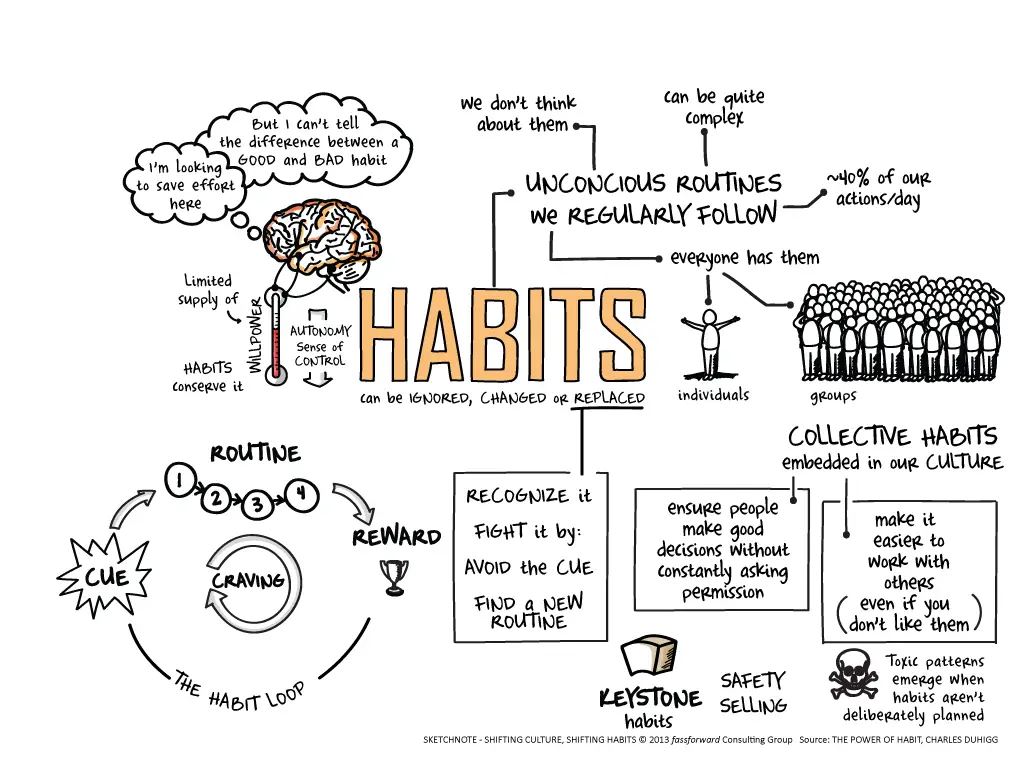
Subjects were asked to imagine the next week. The first group had to think exclusively positively, and the second - as it sees fit. It turned out that people who saw a great future were then less energetic and did less than the rest.
A balance between positive thoughts and a willingness to face challenges is more effective than optimism alone.
5. Focus not on the problem, but on its solution
Thinking about a problem takes energy and time, which are better spent on solving it. Don't think about failure, try to prevent it. This will not only relieve you of unnecessary stress, but also help to identify weaknesses.
How to Develop a Growth Mindset
Fixed mindsets put themselves in a box. They are sure that it is impossible to change and develop talent in themselves, and when faced with difficulties, they experience a feeling of helplessness and hopelessness.
Growth mindsets believe that they can become better, strive to develop and learn new things.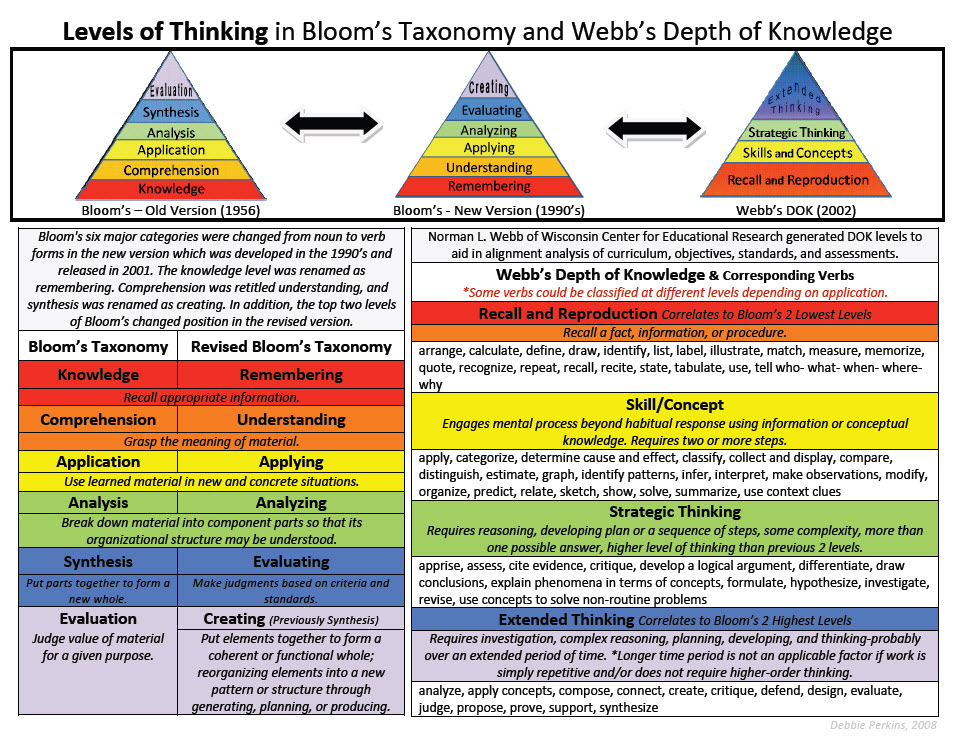 And all that they have is just the beginning, and they can achieve more. They just know how to see an opportunity in failure and perceive it as an experience that will be useful to achieve the goal.
And all that they have is just the beginning, and they can achieve more. They just know how to see an opportunity in failure and perceive it as an experience that will be useful to achieve the goal.
1. Change the attitude towards failure
When you learn to accept failure as part of your path to success, this very path will become easier, and your chances of reaching the end will increase.
2. Get ready for the challenge
If you used to walk along a straight path along the field, now you have to climb to the top of the mountain. And it's not easy.
3. Focus on personal growth and development
Take an interest in things you don't know. Do more than before. Raise the bar, don't stop there. Stop accepting your knowledge and skills as something permanent that comes with you. Instead, imagine that you are a vessel only one-third full and there is much more to learn.
4. Be persistent and purposeful
If you give up, you will return to the beginning and again become a hostage to fixed thinking.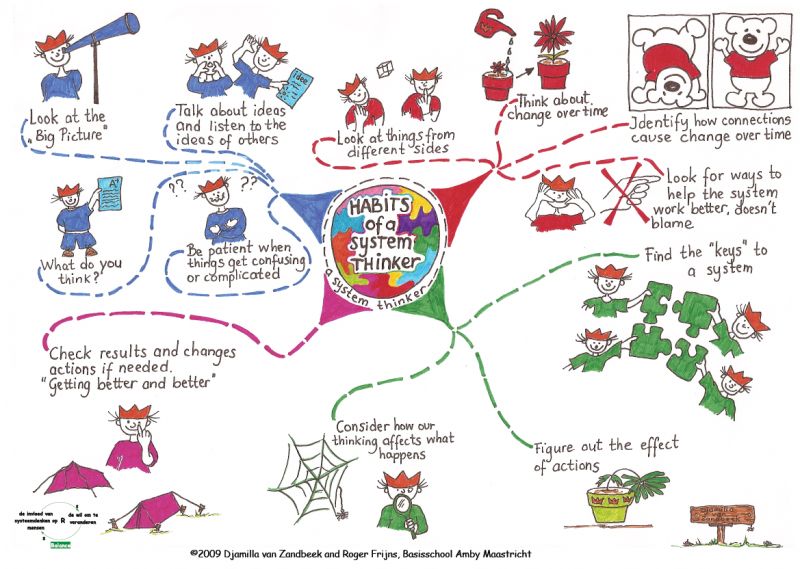 Think about what work has already been done.
Think about what work has already been done.
How to tune in to the abundance mindset
People with a scarcity mindset think there aren't enough resources for everyone. Stephen Covey draws an interesting analogy in Being, Not Seeming.
Stephen Covey
American business expert.
Scarcity thinkers are convinced that there is only one pie in the world and that if someone takes a piece, they will get less. This attitude leads to win/lose thinking: if you win, I lose, and I can't let that happen.
Abundant mindsets believe that there are many pies and no losers: everyone wins and gets a piece (or more than one).
1. Think about what you have
Concentrate on that. Material or non-material things - it does not matter. You need to learn to think abundantly and be grateful for what you have.
2. Share
Knowledge, for example. Or take part in a charity event. If you can share something, then you have it in abundance.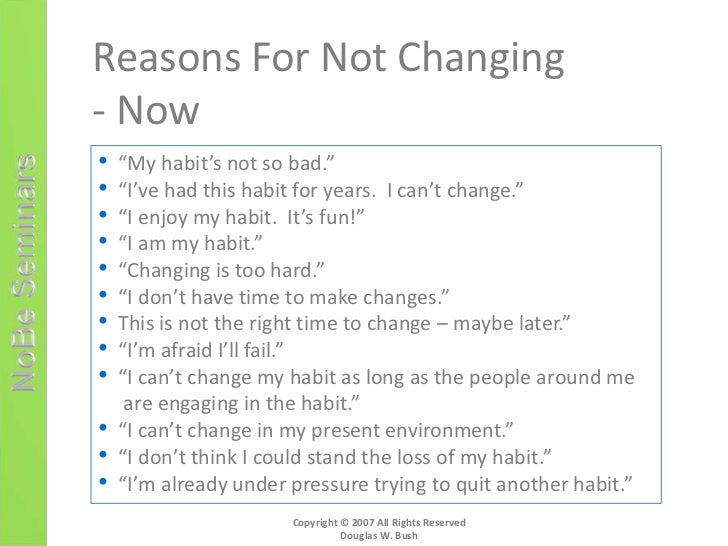
How to think proactively
Those who think reactively depend on external factors. They do not play an active role in life, but simply go with the flow.
People with proactive thinking do not blame the situation or others if something goes wrong, but take responsibility for their lives. They know what they can change and what they can't, and they focus on the former.
1. Take Action
Get out of the passenger seat and take control of your life. Instead of saying "The weather is too bad to go for a run," say "It's raining outside, but it's dry at home. So I can do other exercises."
The point is to stop being a hostage to situations and act regardless of what is going on around you.
2. Get rid of reactive thinking phrases
Forget about:
- I can't because...
- If I could, I would.
- I had to...
- So things happened.
And try:
- I'll find an alternative.

- I can do it.
- This is my decision.
- I want it myself.
3. Take responsibility for your life
Don't waste your time and don't get angry when things don't go according to plan. Did the bus arrive on time? Get out early, take a book with you so as not to waste time, turn in your license and save up for a car, but do not become a victim of circumstances. Let them work for you.
No one promised that it would be easy and fast. But who, if not you, will help you become better and succeed?
Read also 🧐
- How to get the brain to think positively
- 12 ways to change lives for those who have absolutely no strength
- 2 words that prevent you from changing your life for the better
How to make the brain change the course of your life - Oftop on vc.ru
Or what a discovery I made thanks to a famous neuroscientist.
16,394 views
This is a translation of an article from Medium, especially for vc and my telegram channel . It seemed to me interesting and worthy of your attention. Enjoy reading!
It seemed to me interesting and worthy of your attention. Enjoy reading!
The blog that changed everything
A few years ago, I started a slightly stupid self-improvement blog. I wrote all sorts of nonsense for the sake of likes.
The friend who gave me this opportunity started the same way. He wrote about habits, about startups that first went public. Gradually he became a completely different person.
I began to write later than he did, and I was years behind in thinking. He has changed beyond recognition. It all started after a podcast interview with neuroscientist Joe Dispenza. Joe taught him to comprehend the highest levels of consciousness, showed how a person can brainwash himself - this could be done before, but on other people.
Since then, his life has taken a new course.
Illustration by Michael Marsicano
He first outsourced blogging to other people and then replaced it with interview podcasts. He met people like Joe. He did not ask them to share life-changing insights for free: instead, he began offering them thousands of dollars for a joint dinner. They all agreed.
He met people like Joe. He did not ask them to share life-changing insights for free: instead, he began offering them thousands of dollars for a joint dinner. They all agreed.
He and Joe are still in contact. Their newly formed friendship prompted me to look for other works by Joe. Although I do not always agree with his thoughts, I see that he is very wise. You don't have to agree with Joe; one must use his advice to force oneself to reflect.
Here's how to take your thinking to the next level, change your life and do things that you previously thought were impossible.
To get things moving, you need to see what program your brain is working on
Understanding your brain is the first thing Joe advises. He himself starts with habits.
Habits are not what is written in the headlines of a bunch of self-improvement articles. A habit is an action repeated so many times that the body remembers the process and can dictate instructions to the brain.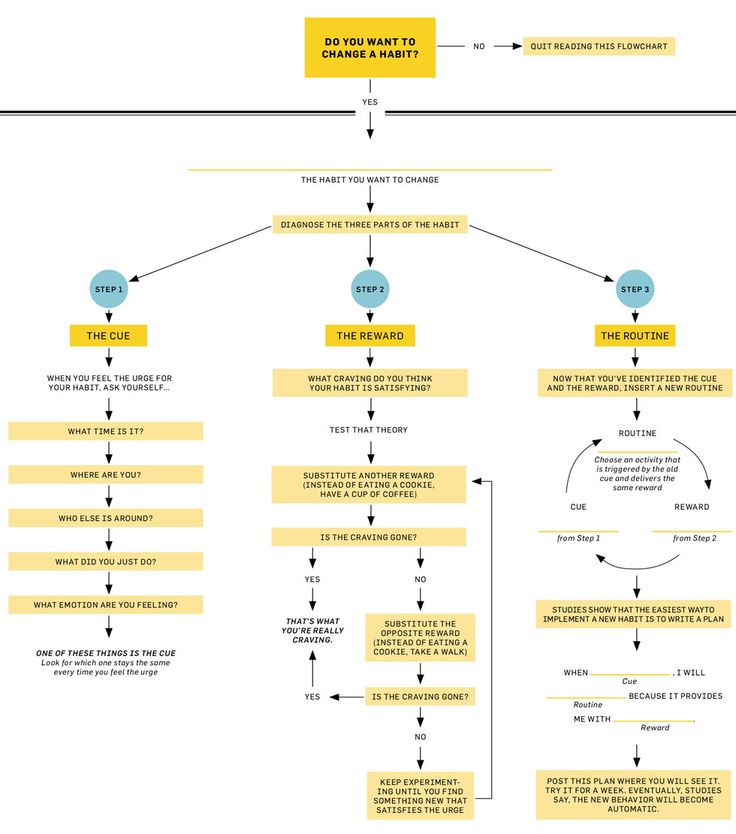
At the beginning of the day you wake up and the first thing you think about is problems. Joe says these problems are like patterns in the brain, like memories. Memories are associated with people and things, which in turn are associated with a specific time and place.
The brain records the past as if on tape. It turns out that people start the day by thinking in the past.
Every memory has its own emotion
All life situations we experience are eventually remembered thanks to emotions.
When we remember problems, we feel negative emotions — sadness, pain, or simply dissatisfaction. And so you wake up in the morning, remember the problem and immediately begin to feel bad. According to Joe, the state of a person at a particular moment is born from thinking and feeling oneself - therefore, he says, you start your day in the past.
A familiar past will sooner or later become a predictable future. Therefore, if you think that your thoughts are somehow connected with your future, if you cannot mentally get out of the current moral state, if you have begun to think with sensations, you are thinking in the past.
You will continue to create the same life for yourself.
Everyday life is a program
When people say that you are stuck in the Matrix, they mean that you are living in a program that you created yourself. When I look at the program that runs my life, one aspect always stands out - social media. I just need to be there to feel connected to someone. Joe says social media makes us feel connected to something familiar.
When your day goes according to the program, you sort of lose the free will you need to control your mind. You yourself become a program with a set of carefully learned actions, emotional reactions (some of which are highly addictive), fixed attitudes, unconscious habits; program with a set of attitudes and beliefs.
Joe explains that this is how your brain becomes a battlefield. 5% of your consciousness is fighting with 95% of the unconscious.
How to take control of the operating system of the brain
When I hear about meditation, a picture pops into my head: an overgrown long-haired dude in a rainbow T-shirt and with a selfie stick in his hands tells me how to live.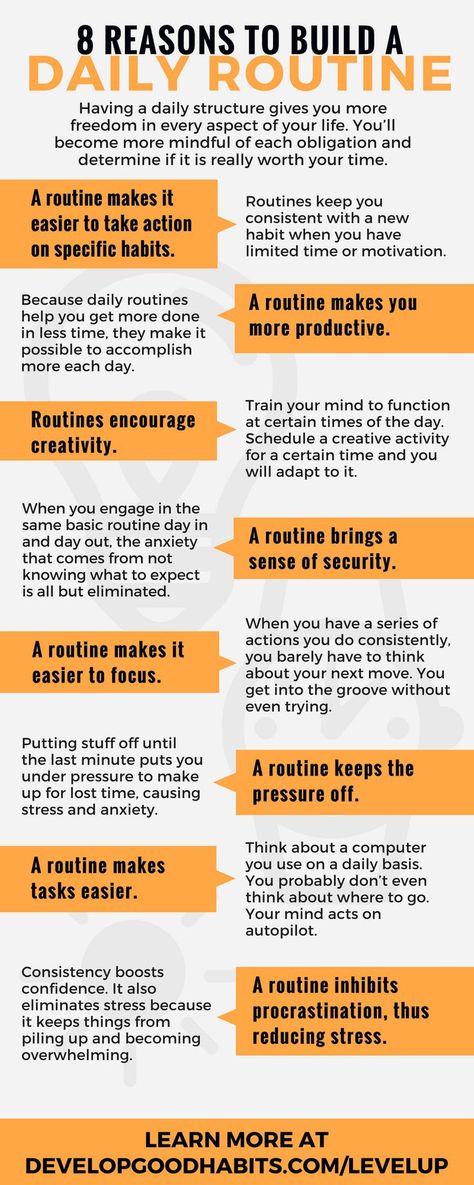 Infuriates.
Infuriates.
Meditation has become a dull trick.
Joe helped me look at meditation from a different perspective. The conscious and unconscious in our head are separated by the analytical. Just imagine that the analytical is another part of your brain.
To cross the threshold of the "server" brain, the most important thing is to go beyond the analytical. It is like a fortress. Entering her front door on the drawbridge and not running into security is possible only with the help of meditation.
Meditation is the ultimate brain hack.
All these stupid meditation apps have distracted us from this important fact. They turned this practice into something completely different - with beautiful backgrounds, sound effects and the voices of famous winners of any awards.
Joe says meditation slows down brain impulses. You have probably heard that meditation seems to slow a person down, but if you delve into this practice, eventually it will be possible to slow down impulses as well.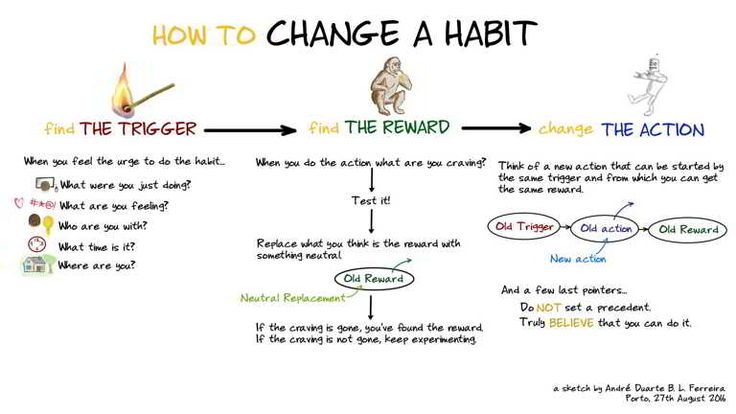 Meditation instructor Ashley Turner explains it in simple terms.
Meditation instructor Ashley Turner explains it in simple terms.
Meditation can significantly reduce the frequency of brain impulses and calm the mind.
Greater distance between waves increases the time between thoughts, so that a person can skillfully choose which thoughts to pay more attention to.
We looked at meditation from the wrong side. It's not just sitting under oak trees or staying calm after being pissed off by an unbearable boss - it's also a way to get into your own brain through the back door.
Image by aytuguluturk from Pixabay
One reason to change outweighs another
For your life to take a new course, you need to change something. Joe says there are two ways to do it:
- in pain and suffering;
- in joy and inspiration.
The first way requires a tragedy to happen that will force you to change.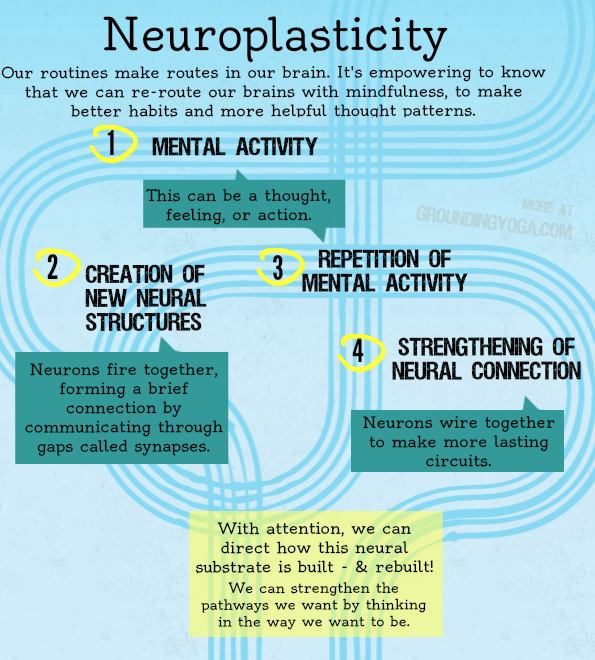 The second allows you to bring changes into your life now. Forget about waiting for something.
The second allows you to bring changes into your life now. Forget about waiting for something.
If you are waiting for change to fall on you, you have most likely already missed the best periods of your life - and if the tragic events do not help, you will be stuck in this circle and continue to perform the same program.
Something to know about the changes. When you have any emotion, you involuntarily wonder what caused it. Your long-term memories come from strong emotional experiences. Negative experiences can block the path to change, but positive ones can remind you that life's difficulties must be overcome.
Joe says: memories of bad events lead to problems. If you remember them often, it can even become a personality trait.
If past experiences have been negative, you may begin to think about worse outcomes. This experience can take control of your personality. Some people return to it so often in their thoughts that they cut off their path to change after what happened. Their minds are stuck in a kind of time warp. People around do not understand what is happening to a person, they begin to consider him broken, toxic, or think that he needs the help of a psychologist.
Their minds are stuck in a kind of time warp. People around do not understand what is happening to a person, they begin to consider him broken, toxic, or think that he needs the help of a psychologist.
Joe says, “Emotions from specific experiences tend to energize the body and brain. People get used to it a lot." Have you ever felt addicted to emotions? I am yes. That's why limits help you feel something.
Changing the direction of life
It is very easy to get caught up in the past. The past is your default program. To beat this program, you have to change. You lose the chance for this if you make the same decisions as yesterday.
Therefore, you can change your life if you make a cunning, quiet, brilliant decision to make other choices. Yesterday's decisions won't help to crack the program that prevents you from changing the course of your life. The catch is that following the "choose new" mindset will take you out of your comfort zone because it will disrupt your routine.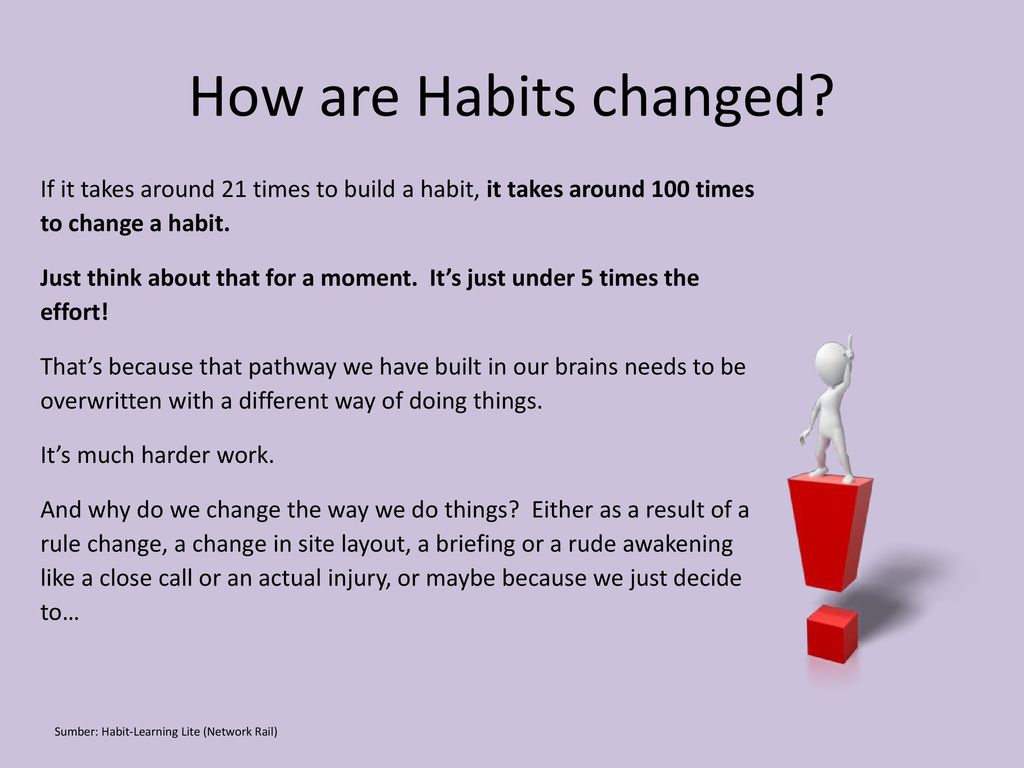
In the end, you will prefer the discomfort of making new decisions to the comfort of making yesterday's ones.
Find your levers
I don't like discomfort, so I adjust everything so that the brain has nowhere to run. If I want to go to the gym, I don't sign up; instead, I leave my number on a whole bunch of different gym websites. So there is no way to escape from this small decision. You can do that too.
Refuse emotions
Emotions can be highly addictive. Setting boundaries helps you feel something. You develop an addiction to this sensation because it brings you back to something familiar and gives you comfort.
The best way to predict the future is to create it. Not from the known, but from the unknown.
To overcome the emotions that keep you from escaping from your shell, you need to make new decisions. Here are the ones Joe recommends:
- What thoughts do you want to plant in your brain? This question encourages people to recite mantras, repeat sayings, hang pictures of quotes on the wall.
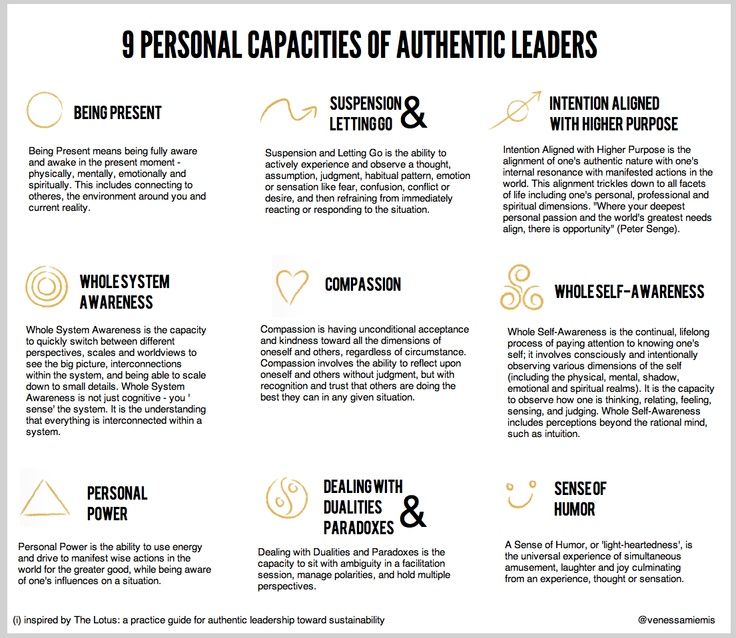 You can choose thoughts that will help you escape from the Matrix.
You can choose thoughts that will help you escape from the Matrix. - What behaviors do you want to manifest in one day? New patterns of behavior form new patterns in the brain.
Your brain can be a record store of the past, or it can be a map of the future
Joe Dispenza
You can wait until the world changes, or start with yourself
What do most people do? They wait all their lives for the world around them to change somehow.
But we have no power over the outside world. It's like trusting your future to a maniac like Hannibal Lecter. What will he throw out? Who knows. Will hunt down people and most likely kill them. Do you want him to destroy your life? Of course not.
The term "cause and effect" in English describes the entrusting of one's life into the hands of the outside world. What I learned from Joe is that the way you think and feel about yourself changes the way your life turns out.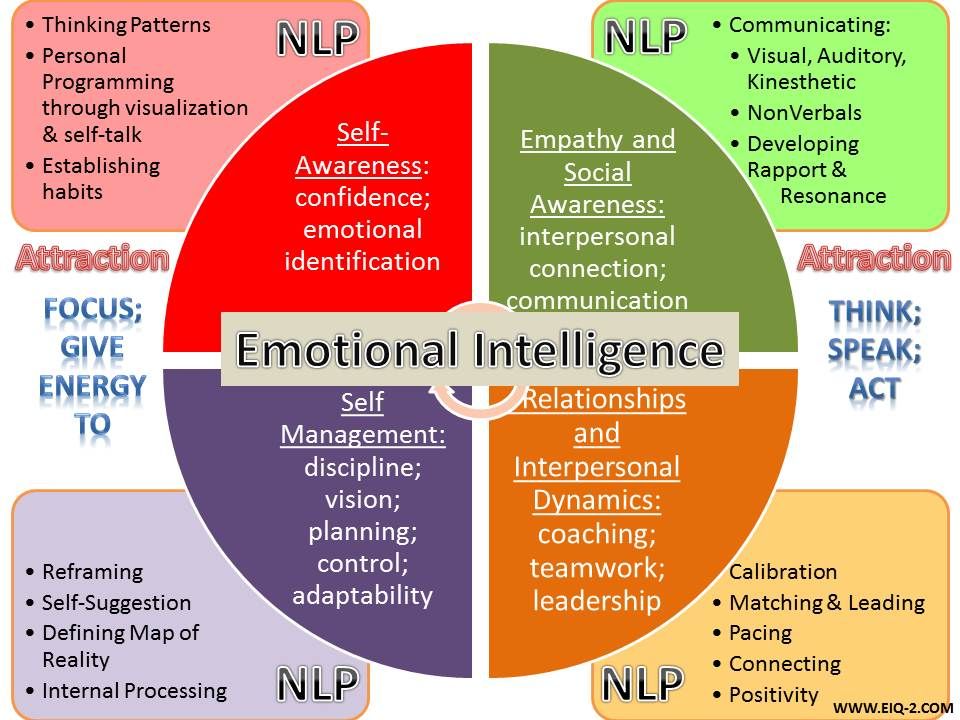
You can imagine a bright future and let that thought determine your path in life. Or you can let the memories from the past reset your thinking to the default program and make you do and say the same things that you always do - that is, return you to the reality from which you want to escape.
Don't rely on the outside world to try to feel something.
Let your thoughts define you
Sometimes your body will want to return to familiar sensations in the past. The solution is to notice when it happens; see when your body seeks to return to the past.
That is why it has become so fashionable now to say that the main thing in meditation is awareness. But why it is so important is not often said.
To focus on the present means to focus your energy here. Instead of giving emotions to the past, you give them to the present. This is how you take back control - tell the body to sit still and obey you.
You tell your body that it no longer rules over the mind.
You are the mind. You will transcend the old program.
This is how you should meditate in order to free yourself from the emotions of the past, overcome obstacles and change something in life.
And finally
Now you know how to brainwash yourself and force your mind to move to a higher level - the level that changes the course of your life.
- You need to understand that your “default program” is controlled by the past.
- You need to know how negative emotions create "bookmarks" in the past and make you return to them.
- We need to rethink meditation so that it can help you hack your brain's operating system.
- We must firmly resolve to make new decisions every day and imperceptibly for the brain to make at least one uncomfortable choice for it.
- We need to stop relying on memories from the past and start looking to the future.








